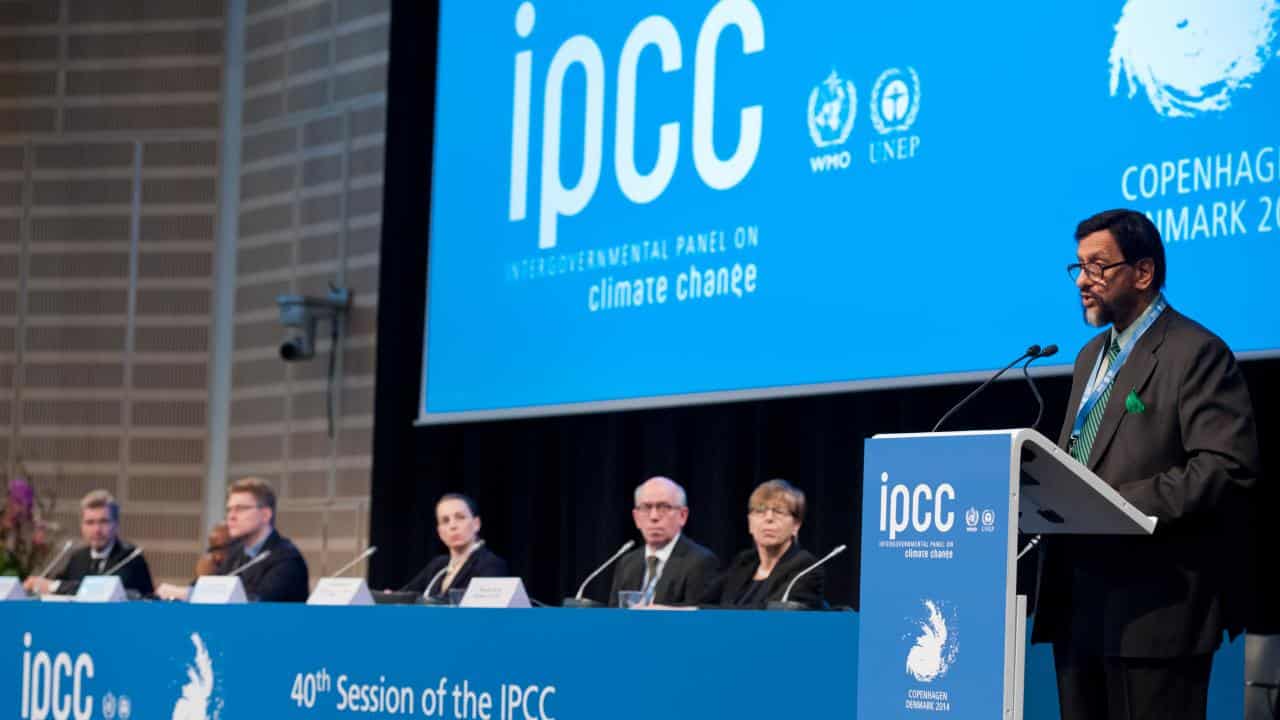
The Paris climate agreement set a target of no more than 2°C global warming above pre-industrial temperatures, but also an aspirational target of no more than 1.5°C. That’s because many participating countries – especially island nations particularly vulnerable to sea level rise – felt that even 2°C global warming is too dangerous. But there hadn’t been a lot of research into the climate impacts at 1.5°C vs. 2°C, and so the UN asked the IPCC to publish a special report summarizing what it would take to achieve the 1.5°C limit and what the consequences would be of missing it.
The details in the report are worth understanding, but there’s one simple critical takeaway point: we need to cut carbon pollution as much as possible, as fast as possible.
We’re about to burn through the 1.5°C carbon budget
Depending on how we define ‘pre-industrial temperatures’ and how fast we keep consuming fossil fuels, we’ll likely burn through the rest of the 1.5°C carbon budget within the next 3 to 10 years. To stay below 1.5°C, the IPCC therefore concludes the world must embark on a World War II-level effort to transition away from fossil fuels, and also start removing carbon dioxide from the atmosphere at large scales – anywhere from 400bn to 1.6tn tons of it.
Realistically, this isn’t going to happen. We’re currently on track for more than 3°C global warming by 2100. We can do better than that if countries ratchet down their carbon pledges and implement more aggressive climate policies, but with some nations moving in the wrong direction, like the US and potentially Brazil electing climate denier presidents, even staying below 2°C is looking increasingly less likely.
However, these are somewhat arbitrary targets. 1.5°C is less dangerous than 2°C, which is less dangerous than 2.5°C, which is less dangerous than 3°C, and so on. Any further warming from today’s already-hot temperatures (1°C warmer than pre-industrial) increases global risks, and staying below any of these temperature thresholds is going to require aggressive climate policies from countries around the world.
The answer to the question “what should aim for?” is simple: cut carbon pollution as much as possible, as fast as possible. Until the world reaches zero carbon, the answer will always be the same.
What happens when temperatures rise above 1.5°C?
Carbon Brief created an excellent interactive page detailing the differences in climate impacts between 1.5°C and 2°C, based on 70 peer-reviewed studies. Generally speaking, the IPCC report finds that “Climate-related risks to health, livelihoods, food security, water supply, human security, and economic growth are projected to increase with global warming of 1.5°C and increase further with 2°C.”
One of the biggest differences between 1.5°C and 2°C is the impact on coral reefs, which support about 25% of all known marine species. Coral reefs are very vulnerable to the combination of hotter and more acidic ocean waters resulting from carbon pollution. At 1.5°C, the IPCC estimates that we’ll lose about 80% of coral reefs. At 2°C, virtually all coral reefs will be gone.
Summers with no remaining Arctic sea ice are also ten times more likely at 2°C than 1.5°C (at least once per decade vs. once per century). What happens in the Arctic doesn’t stay in the Arctic – disappearing sea ice appears to be connected to the weakening jet stream, which in turn causes weather systems to get stuck in place for extended periods of time. This can lead to particularly intense heat waves, floods, droughts, and other extreme weather events. The volume of sea ice in the Arctic has already declined by about 70% over just the past 40 years.
The IPCC report concludes that a world with 2°C of global warming will lead to more heat-related deaths, smaller crop yields, worse extreme weather events, slower economic growth, more people in poverty, and increase the population facing water stress by up to 50% compared to a 1.5°C world. And the impacts will get progressively worse if temperatures warm beyond the 2°C limit.
The take-home message is that the faster we cut carbon pollution, the less severe impacts we’ll face. We’re not yet doing nearly enough, although the Paris agreement was an important first step, and countries that withdraw from it should become international pariahs. While it’s important to understand the consequences of missing each temperature target, that bottom line will perpetually hold true.